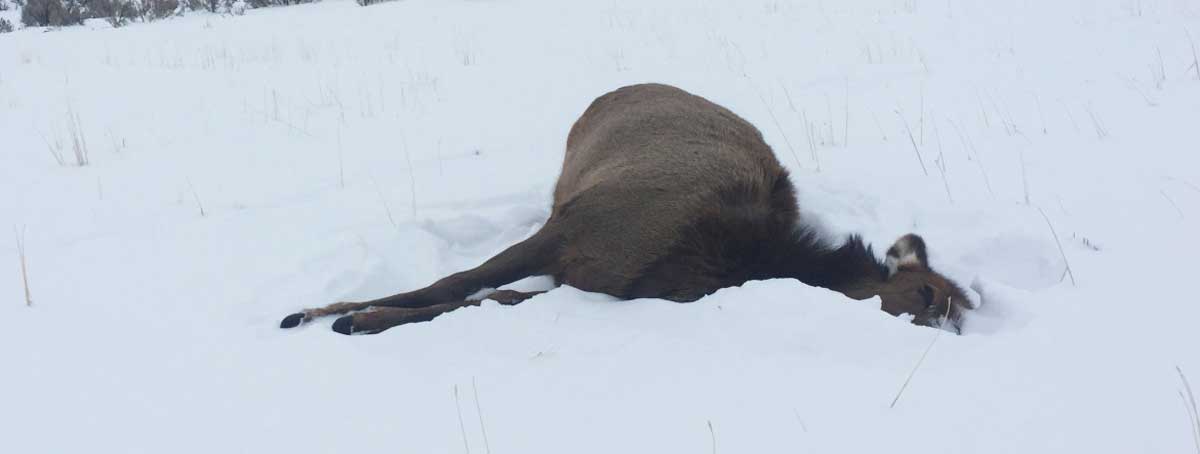Last winter, elk and pronghorn descended out of Idaho’s high country into low-lying neighborhoods following heavy snowfall. Desperate for a meal, they munched on a common ornamental shrub—one known for centuries as “the tree of death.” Statewide, Japanese yew killed 23 elk and 50 pronghorn.
The plant’s short, vivid green needles and bright red berries lend themselves to creative pruning and keep yew a hot seller at home and garden stores. It’s also frequently used to make holiday wreaths. But the tree-like shrub contains taxine A and B—a toxic alkaloid deadly to humans, wildlife, livestock and pets, even in small quantities. Yew poisoning has occurred as far east as Pennsylvania, where a mother black bear and three cubs died after snacking on this lethal shrub. White-tailed deer, though, can consume it and walk away seemingly unscathed.
Other non-natives including English, European and variants of Chinese yew are often sold for landscaping. Common names vary, though, and because the Taxus genus look alike, it’s difficult to tell just what yew you’re getting. But whatever the name, they’re all toxic.
There’s no warning for wild game when the yew reaper comes calling. One minute they’re munching; then they wheeze a few times and die of poison-induced cardiac arrhythmia. Humans take a bit more time to succumb, up to 30 minutes before heart failure. Two notoriously cunning women in 15th century Europe—Lucrezia Borgia and Catherine de Medici—used yew to dispose of unwanted husbands and political adversaries in part because it’s symptoms can be mistaken as a heart attack.
While research isn’t definitive, North America’s native yew are thought to have significantly less toxins and seem to pose little risk to wildlife. Elk and other ungulates readily consume native yews in the winter. Pacific yew is also a main ingredient in the cancer-fighting drug Taxol. But because of widespread hybridization and difficult identification, it’s probably best to leave them off your landscaping list. Now yew know.
